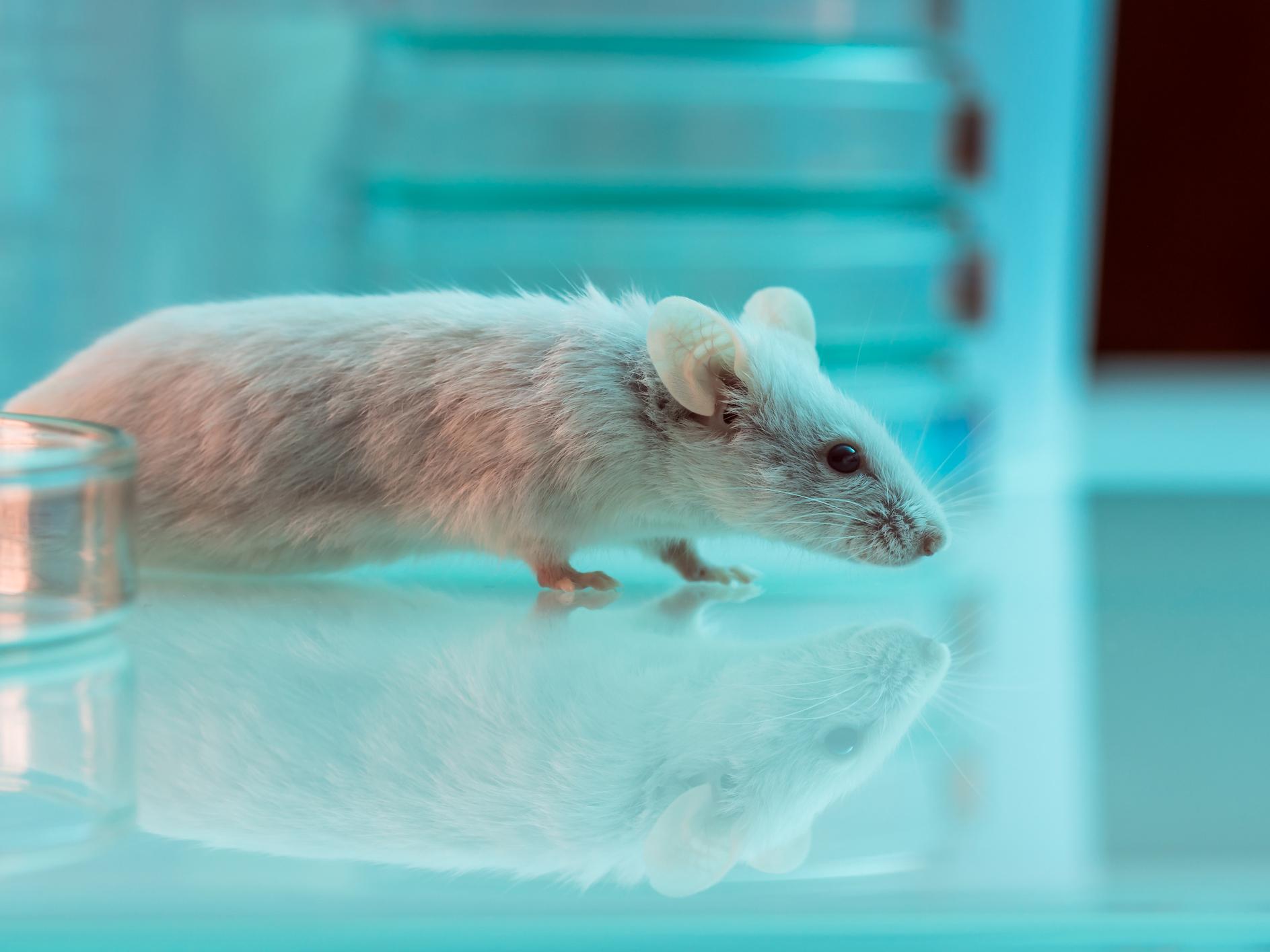The Independent's journalism is supported by our readers. When you purchase through links on our site, we may earn commission.
‘Switch’ for turning off fear found in brains of mice
Scientists say finding could help people with anxiety, phobias or post-traumatic stress disorder

Scientists have found a “switch” in the brains of mice that controls whether they respond to a threat with fear or courage.
When faced with a predator, most mice either freeze or hide, but a select few respond with aggression.
The researchers found that two clusters of cells located in the middle of the brain can send signals to different parts of the organ, stimulating one or other of the two opposite responses.
It is likely that similar brain circuitry is also found in humans, according to the Stanford University research team behind the study.
They suggest that methods to non-invasively control these clusters could therefore be used to help people with anxiety, phobias or post-traumatic stress disorder.
"This opens the door to future work on how to shift us from paralysis and fear to being able to confront challenges in ways that make our lives better," said Dr Andrew Huberman, a Stanford neurobiologist who was the senior author of the study.
To simulate an approaching predator in experiments, graduate student Lindsey Salay used a video screen with an expanding black circle to mimic a diving bird of prey.
Monitoring brain regions stimulated during this scenario, Ms Salay noted a structure called the ventral midline thalamus – or vMT – that appeared to activate as the “predator” approached.
The vMT is connected to two main destinations, the basolateral amygdala and the medial prefrontal cortex, both of which have been linked to relevant sensations like threat detection, fear and anxiety. These destinations were linked to the vMT via two distinct nerve tracts.
The scientists then modified nerve cells in the mice’s brains so that it was possible to either stimulate or stop activity in the two different nerve tracts.
They found that by just stimulating the amygdala tract’s activity they could increase the likelihood the mouse froze in panic.
However, when the other tract was stimulated the scientists were able to provoke a far more courageous response than generally seen in any mice.
The mice stood their ground in the open, running around the inside of their tanks and rattling their tails in a signal understood by researchers to mean aggression.
"You could hear their tails thumping against the side of the chamber,” said Dr Huberman.
“It's the mouse equivalent of slapping and beating your chest and saying, 'OK, let's fight!'"
The same behaviour could be initiated in the mice if the appropriate part of their brain was stimulated in advance of the approaching threat.
The findings from these experiments were published in the journal Nature.
As humans possess structures in their brains comparable to the vMT, the scientists speculated that people suffering from excessive fear may be afflicted by overstimulated vMTs.
It might therefore be possible to reduce vMT signalling in people with phobias, for example, and in doing so help them control their fear.
The research team is now exploring this idea and experimenting with techniques like deep breathing to bring about these effects.
Join our commenting forum
Join thought-provoking conversations, follow other Independent readers and see their replies
Comments
Bookmark popover
Removed from bookmarks